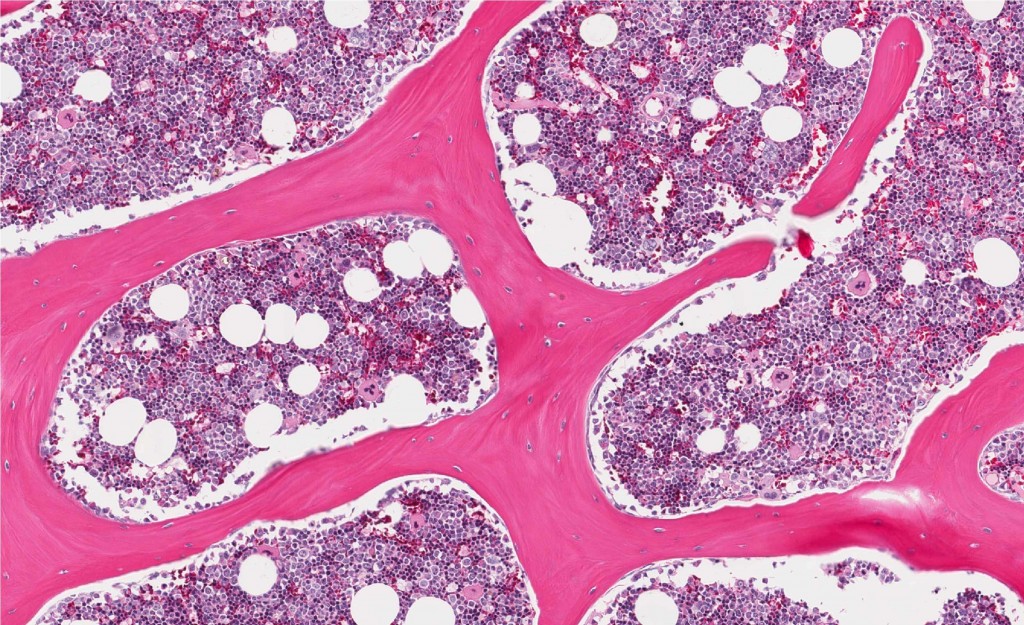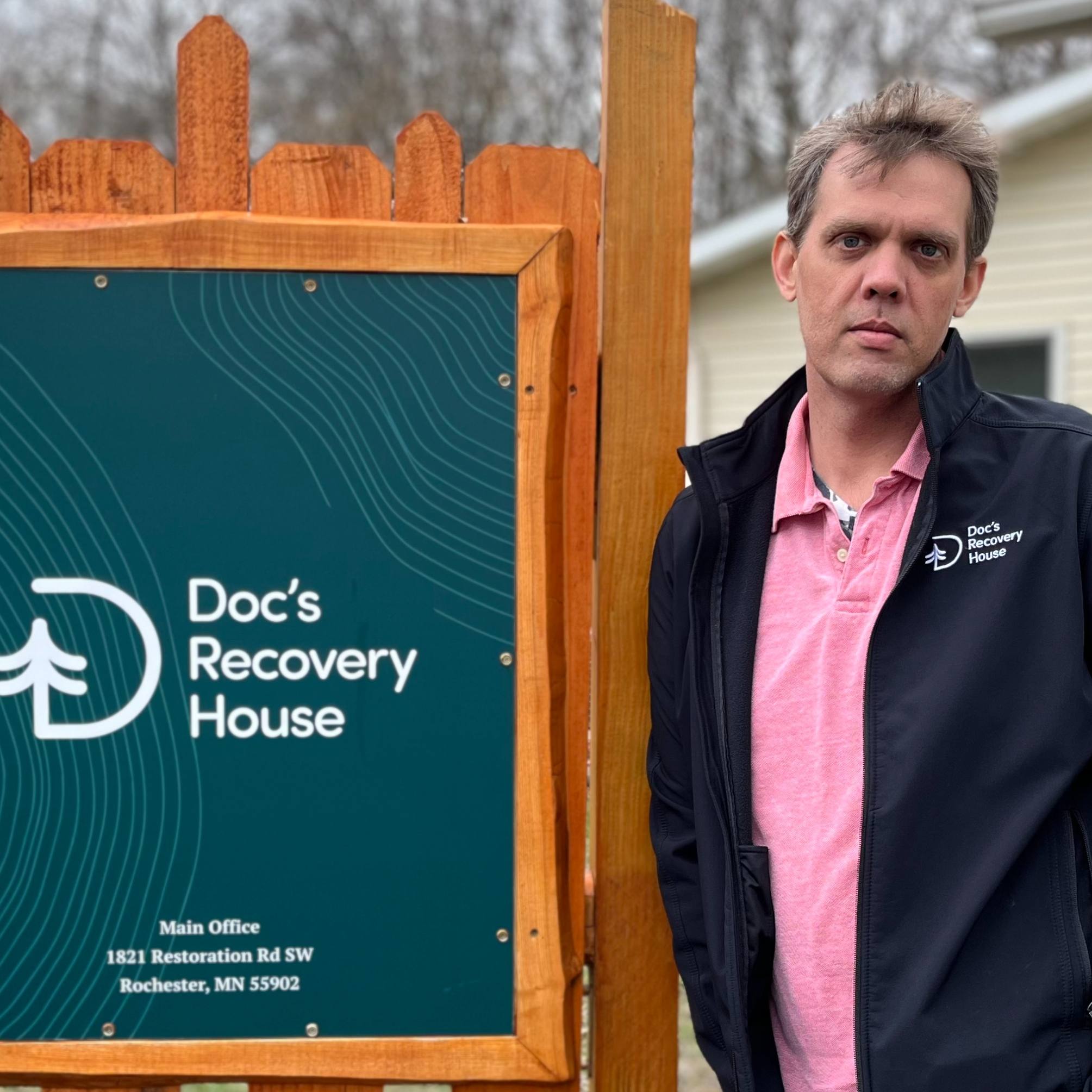-
Health & Wellness
Ethnic Minorities, College Students Play Key Role in Donor Program
Stem cell transplantation, also known as bone marrow transplantation, is a procedure that infuses healthy cells, called stem cells, into your body to replace damaged ones. These transplants have become standard treatment for a number of cancers and blood-related diseases like leukemia and lymphoma.
It’s possible for a patient’s own stem cells to be used in the procedure, but sometimes donor cells are necessary. Although a family member is the first choice, often a complete stranger can be the best match. That’s why the National Marrow Donor Program, now called Be The Match, is so important.
“The bigger the donor pool, the better your chances of finding a good match,” explained Dr. Shakila Khan, Mayo Clinic pediatric oncologist. Dr. Khan says this is especially true for patients from an ethnic minority group perspective. “If you are a Caucasian, you have an 80 percent chance of finding a donor. But if you are an ethnic minority, your chances are lower,” she explained. “That is why Be The Match is focusing on ethnic minorities and increasing the donor pool there.”
Listen to Dr. Khan’s Mayo Clinic Radio discussion.
Dr. Khan noted a special effort is also being made to reach younger donors in general. According to Be The Match, doctors request donors in the 18- to 44-year-old age group 90 percent of the time. “Studies have shown with younger donors, the survival is better,” she said. “That’s why they are doing drives on college campuses."
Learn about joining the donor registry and find out what happens if you are a match when you tune in to Mayo Clinic Radio during the weekend of October 24-25.
Related Articles








